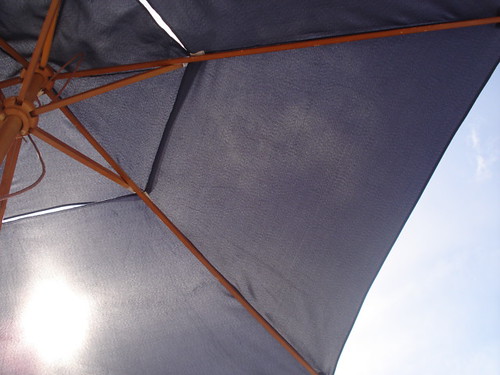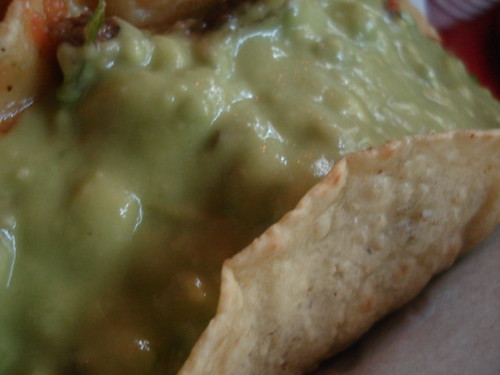Rich Filipinos spend more than Asian counterparts: study
MANILA, Philippines - Wealthy Filipinos spend more than rich Singapore and Hong Kong residents do, especially every month on groceries, travel and utilities payment, a survey by payments technology firm Visa International Inc. revealed.
Visa’s poll on spending patterns and perspectives of high-income households revealed that “affluent” Filipinos —households with a minimum P0.1-million monthly net income—spend on average $2,401 (roughly P116,940), following the rich Japanese with $2,541 monthly spend (P123,746.70 at $1=P48.70) and the top-spender Australians at $3,851 (P187,561.80).
The spending is apparently a combination of cash and credit transactions.
In dollar terms, the 500 respondents from the Philippines spend more than those in Hong Kong ($2,327) and Singapore ($2,152). The rich in India are the lowest spenders in the nine countries and territories polled with a monthly average total spend of $693.
According to the document from Visa, they commissioned the poll “to further understand the attitudes, motivations and behaviors of affluent consumers. By doing so, Visa is able to provide better products to suit affluent consumers’ everyday lives.”
The company said the survey interviewed 500 respondents belonging to the AB segment in each of nine Asia-Pacific countries and territories: Australia, Japan, South Korea, India, Singapore, China, Hong Kong, Taiwan and the Philippines.
“All respondents were aged 18 and above and of equal gender split. For the Philippines, these are people with a household income of at least P100,001 per month.”
Social habits
Like their fellow Asians, these Filipinos spend time surfing the Internet once a week or more (74% versus the regional average of 93%) and exercise “to keep fit and healthy” (63% vs. the region’s 73% average).
In terms of social habits, majority (91%) of the affluent Filipinos polled prefer being with their families; the regional average is 92%.
This is followed by entertaining guests at home (42% said they do this once a week, while 37% said they do this about once a month). But those who said they eat out with friends and family at gourmet restaurants once a month are more (49%) than those who do this once a week (41%).
Only a percentage of the respondents said they never engage in this social activity.
About 45 affluent Filipinos shop on the Internet about once a week or more, while 20% of those polled said they buy something online once a month. Those who said they never transact online account for 35% of the respondents in the Philippines.
Top purchases
The survey revealed that a large proportion of monthly spend for affluent Filipinos go to grocery purchases (14%), travel (12%) and utilities payment (10%).
At fourth and fifth spots are mortgage/rental and luxury goods, respectively, both allotted an 8% share of the total 15 spending categories.
The items least spent on (2%) are on music, compact discs, digital video discs and books.
“Affluent Filipinos are the most likely to spend the highest proportion of their budget on groceries among…counterparts from the Asia-Pacific countries and territories included in the survey.”
The percentage of affluent Filipinos who said they shop for cosmetics and perfumes once a month are higher than those who buy luxury apparels and accessories and clothing brands (36%), the latest electronics gadget (19%), and designer jewelry (18%).
Interestingly, there are those who buy such items about once a week or more: 8% on cosmetics and perfumes; 7% on luxury apparels and accessories and clothing brands; 2% on electronics gadget; and 2% also on designer jewelry.
The affluent Indians and Chinese (65% and 50%, respectively) lead the monthly spend on cosmetics and perfumes. Still, “affluent Filipino respondents are willing to spend more on long-term luxury items and experiences such as their child’s wedding [with average amount of P188,112], home entertainment system [at P42,727], and luxury weekends for two [for P28,339].”
Weddings, parties
Child’s wedding tops maximum spend in region
The top three categories for maximum spend in the region are child’s wedding, jewelry and home entertainment.
Other categories that affluent Filipinos spend on, in decreasing spend allocation, are jewelry, personal digital assistant or mobile phone, watch, annual donations to charity, a night out with friends or family, a pair of shoes, a dinner for two at a fine-dining restaurant, and a bottle of wine.
According to Visa, affluent Singaporean respondents are the most willing to spend extravagantly on their child’s wedding (spending $14,242) and jewelry (spending $1,933), while affluent Australian respondents are twice as willing to spend on home entertainment system compared with other marketplaces ($2,166).
Uncertain future
During crunch time, majority of the respondent affluent Filipinos said they will consider reducing their spending on nonessentials as a result, despite their tendency to be optimistic in terms of their attitude toward the Asian economy.
Only 2 out of 5 of the affluent Filipino respondents were uncertain or felt negatively toward the future.
Among those who are uncertain of what to expect about the Asian economy, 88% will consider reducing their spending.
“This percentage was the highest among the affluent people interviewed from nine countries and territories included in the survey,” Visa said, noting that “Singaporean respondents at 83% and Taiwanese respondents at 80% were second and third, respectively, as the next most likely to consider reducing spending.”
Visa added: “Spend reduction of affluent Filipino respondents will mostly impact nonessentials such as electronic appliances [85% of respondents, the highest among Asia-Pacific countries and territories included in survey], luxury goods [81%] and entertainment [78%].”
The survey revealed that affluent Filipinos’ spend on fashion, skin-care products/cosmetics are less affected.
The regional average on expected reduction to discretionary spending indicates that dining (at 67%), luxury goods (at 66%) and entertainment (at 62%) are the first three to be cut.
Kaya ako bitter sa mga mayayaman.














No comments:
Post a Comment